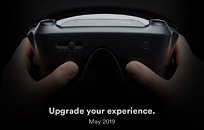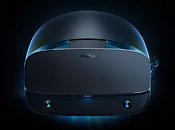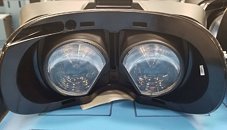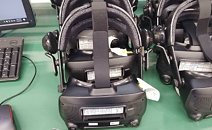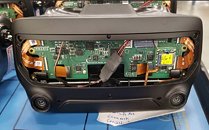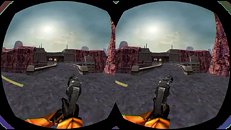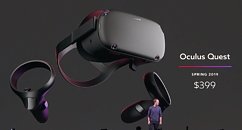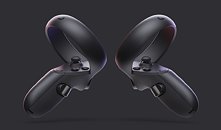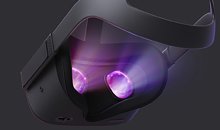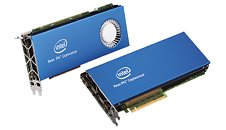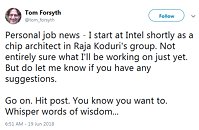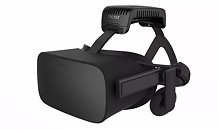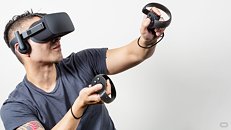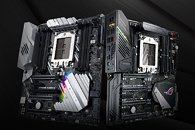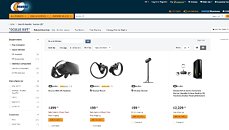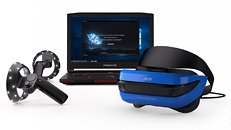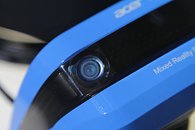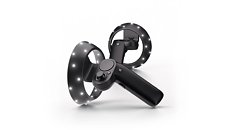Oculus Connect 7 to be Held as a Digital Event Later This Year
Every year, Oculus Connect brings together developers, content creators, marketers, and more to celebrate the VR industry's momentum and growth. In light of the evolving public health risks related to COVID-19, we've decided to shift Oculus Connect 7 to a digital format later this year.
This was a tough decision to make, but we need to prioritize the health and safety of our developer partners, employees, and everyone involved in OC7. Oculus Connect gives us an unprecedented opportunity to connect with our global developer community. OC7 will be no exception, and we look forward to sharing more details about the digital event in the coming months.
This was a tough decision to make, but we need to prioritize the health and safety of our developer partners, employees, and everyone involved in OC7. Oculus Connect gives us an unprecedented opportunity to connect with our global developer community. OC7 will be no exception, and we look forward to sharing more details about the digital event in the coming months.




